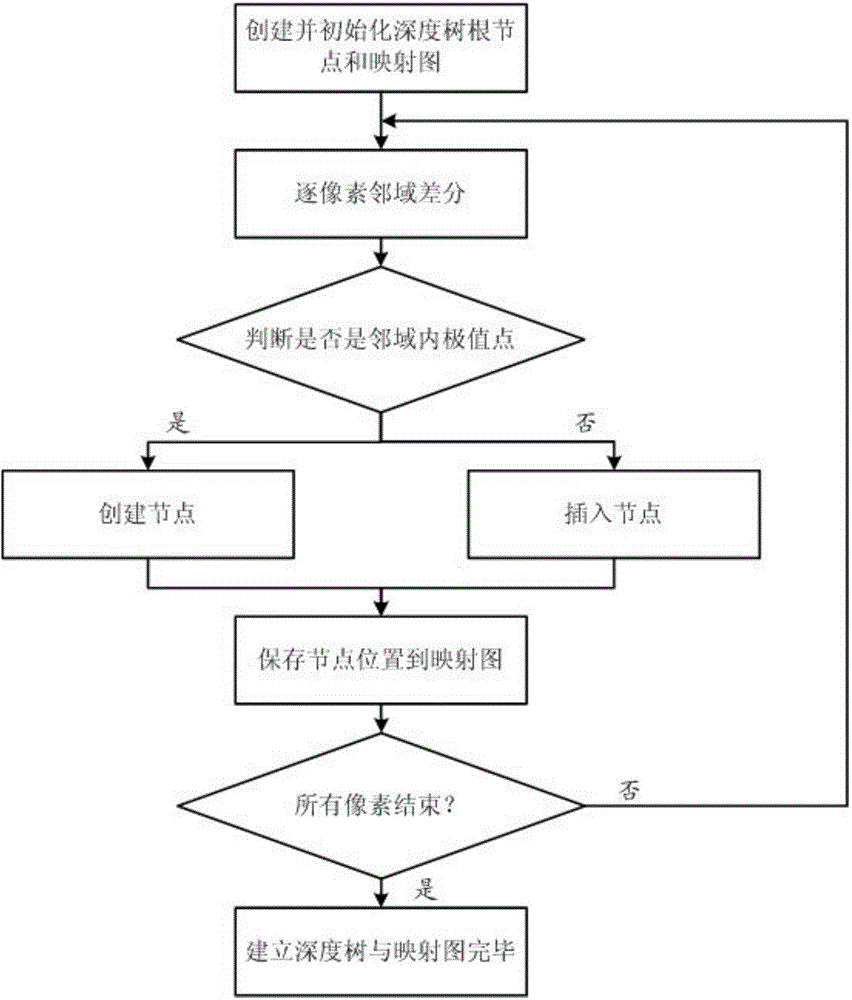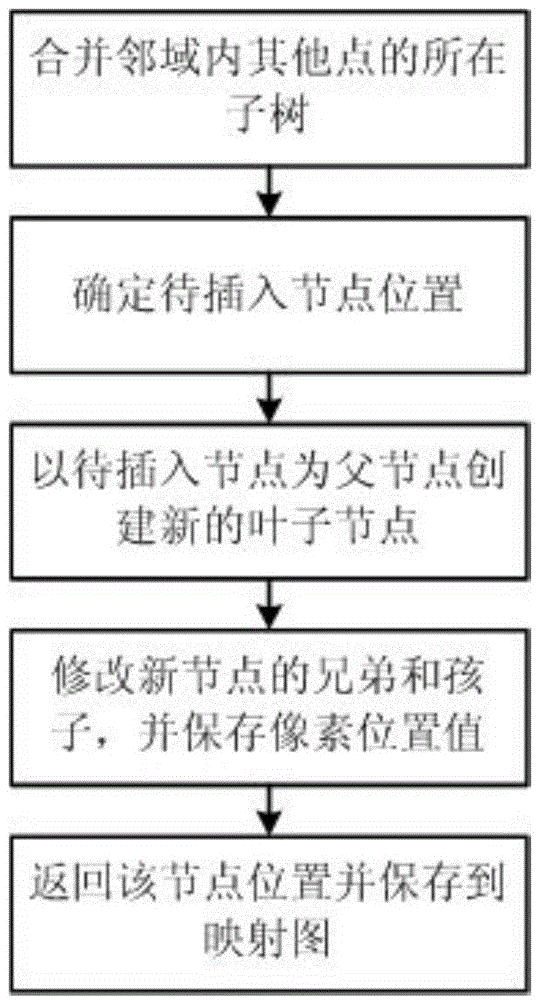Method for extracting local salient objects in depth image based on multi-way tree
A technology for depth image and object extraction, applied in image analysis, image data processing, instruments, etc., can solve the problems of high accuracy, low compactness of the candidate frame, and many candidate frames, etc., to meet the needs of speed and accuracy , The adaptability and application prospects are wide, and the effect of improving the extraction effect
- Summary
- Abstract
- Description
- Claims
- Application Information
AI Technical Summary
Problems solved by technology
Method used
Image
Examples
Embodiment Construction
[0047]Below in conjunction with specific embodiment, further illustrate the present invention. It should be understood that these examples are only used to illustrate the present invention and are not intended to limit the scope of the present invention. In addition, it should be understood that after reading the teachings of the present invention, those skilled in the art can make various changes or modifications to the present invention, and these equivalent forms also fall within the scope defined by the appended claims of the present application.
[0048] Embodiments of the present invention relate to a method for extracting local salient objects based on a multi-fork tree in a depth image, such as figure 1 shown, including the following steps:
[0049] (1) Perform pixel-by-pixel neighborhood difference on the input depth image, establish a depth tree model based on the multi-tree data structure and a mapping diagram between depth tree nodes and image pixels.
[0050] (2...
PUM
 Login to View More
Login to View More Abstract
Description
Claims
Application Information
 Login to View More
Login to View More - Generate Ideas
- Intellectual Property
- Life Sciences
- Materials
- Tech Scout
- Unparalleled Data Quality
- Higher Quality Content
- 60% Fewer Hallucinations
Browse by: Latest US Patents, China's latest patents, Technical Efficacy Thesaurus, Application Domain, Technology Topic, Popular Technical Reports.
© 2025 PatSnap. All rights reserved.Legal|Privacy policy|Modern Slavery Act Transparency Statement|Sitemap|About US| Contact US: help@patsnap.com



